The Deschutes River Steelhead Camp, Sept 11-20, 2017
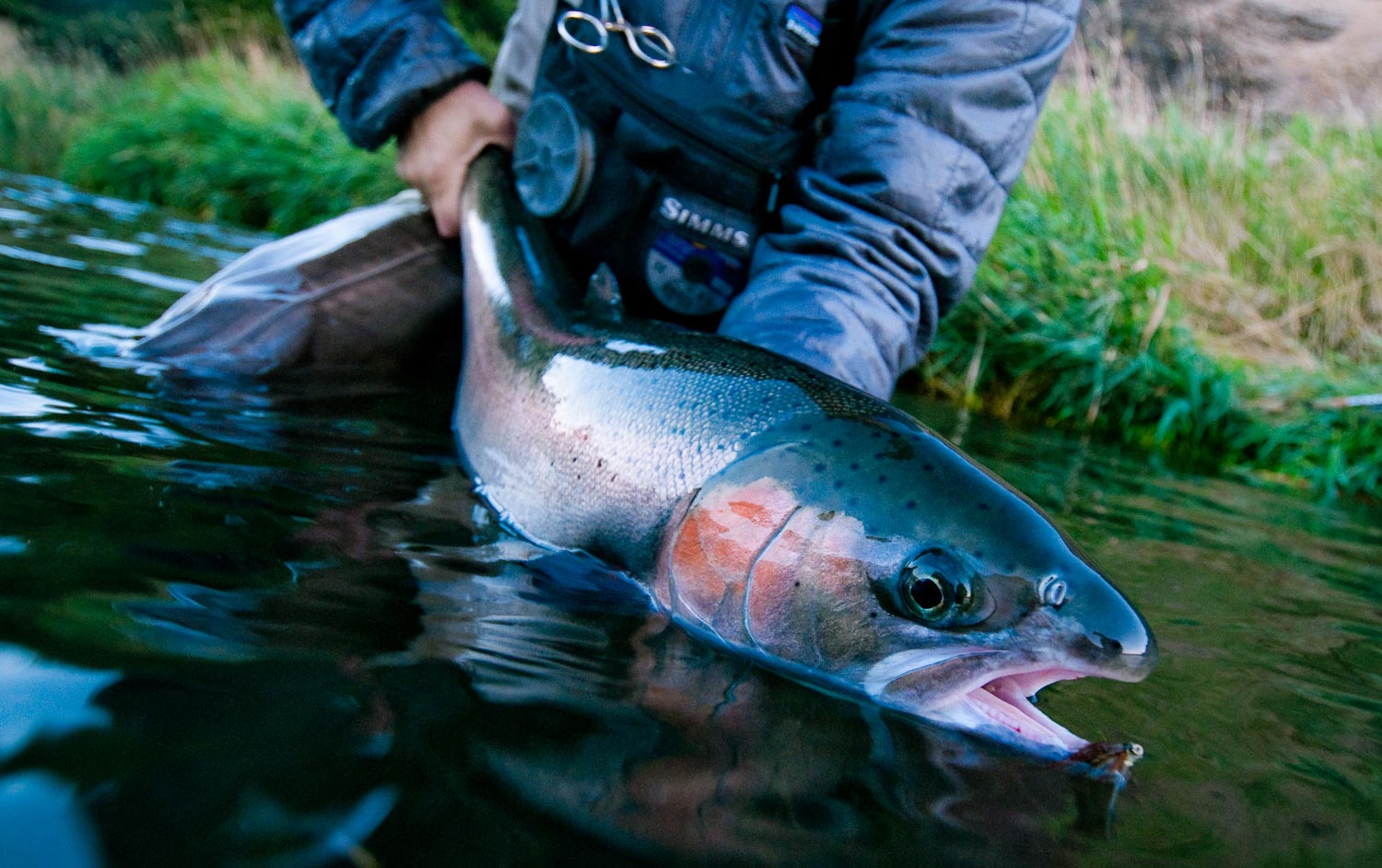
The Deschutes Steelhead Camp, operated by Jeff Hickman’s Fish The Swing, is one of our most popular trips and many anglers return year after year.
In order to accommodate more anglers we are excited to be extending this year’s trip with an additional group. The trip is broken into 3 groups fishing Sept 11-14, Sept 14-17 & Sept 17-20. You could choose to join us for 3, 6 or all 9 days. The cost for each 3 day session is $2200 and includes guided fishing, instruction, lodging and chef-prepared meals.
The Deschutes steelhead camp is a blast. Jeff’s operations, both here in the states and at his lodge in BC, have a fun mellow vibe. Just good times and good fishing, no attitude or pressure. The Deschutes is a beautiful river and has a fantastic steelhead run. We fish the lower river. The Deschutes is a major cold water tributary of the mid-Columbia, so steelhead bound for all of the rivers of the upper system stray into the lower Deschutes to take advantage of the cool oxygen rich water. You have a chance to catch steelhead that are headed for Idaho there.
The Deschutes is one of the best rivers anywhere to catch a steelhead on a floating line. Casting a dry line is a real pleasure, but when a big steelhead rockets up through eight feet of fast water to eat a small traditional fly, it’s anything but relaxing. The steep canyon walls offer us plenty of shaded water through the day to take advantage of the dry line bite, and even wake dry flies. It’s super fun fishing!
We run up river in jet boats to the campsite and use that as our base. There are only a few outfitters licensed to run jet boats on the river. The jets give us the ability to access fresh water any time we like, which is huge. After we get settled in at camp and have a bite to eat, we hit the river and fish until dark. The next two days we start fishing before first light and fish until lunch. We return to camp for a hot lunch and a big nap, then head back out in the afternoon as the shadows fall on the river and fish until dark. Then we have a big dinner (the food is awesome) maybe a drink or two, and hit the sack. The last day we fish until lunch and head back to the boat ramp.
Jeff and his crew set the camp in advance. You arrive to a big stand-up tent with cots and sleeping pads. All you need to bring is a sleeping bag and pillow. There is a screened dining tent, a tent with a camp toilet and a shower tent. There is electricity from a bank of solar cells and batteries. It’s ridiculously nice. There are also ample public composting toilets along the river if you prefer those.
The river is beautiful and the stars at night are amazing. You can see the milky way clear as a bell. The water is beautiful. There are great steelhead runs everywhere you look and dramatic rapids. It’s fishing
Read More »Sunday Classic / Gary Merriman Ties The Tarpon Toad
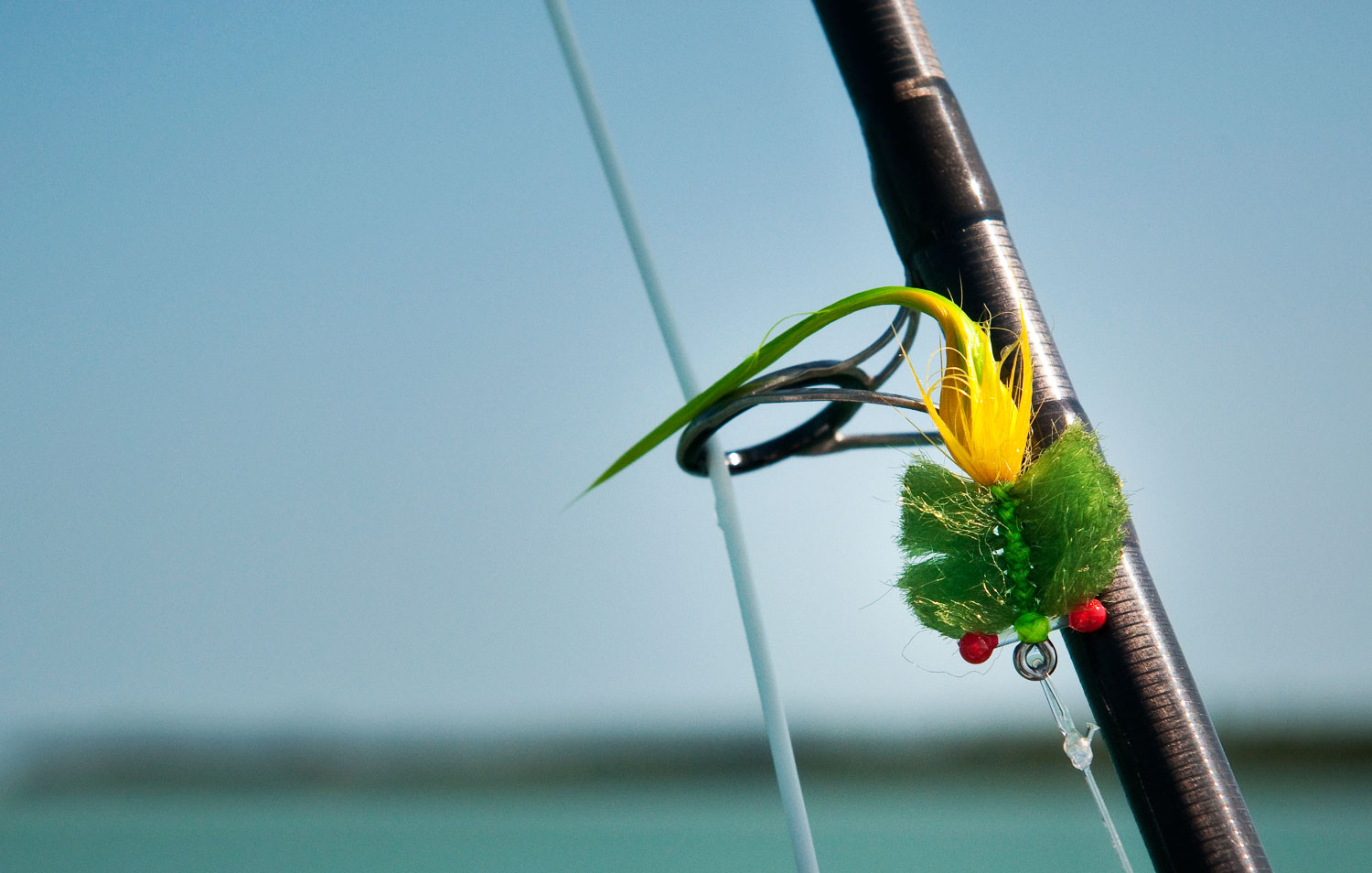
I’VE KNOWN GARY MERRIMAN FOR OVER TWENTY YEARS AND ONLY FOUND OUT ABOUT A YEAR AGO THAT HE WAS THE CREATOR OF THE TARPON TOAD.
Read More »Saturday Shoutout / Simon Says Streamers
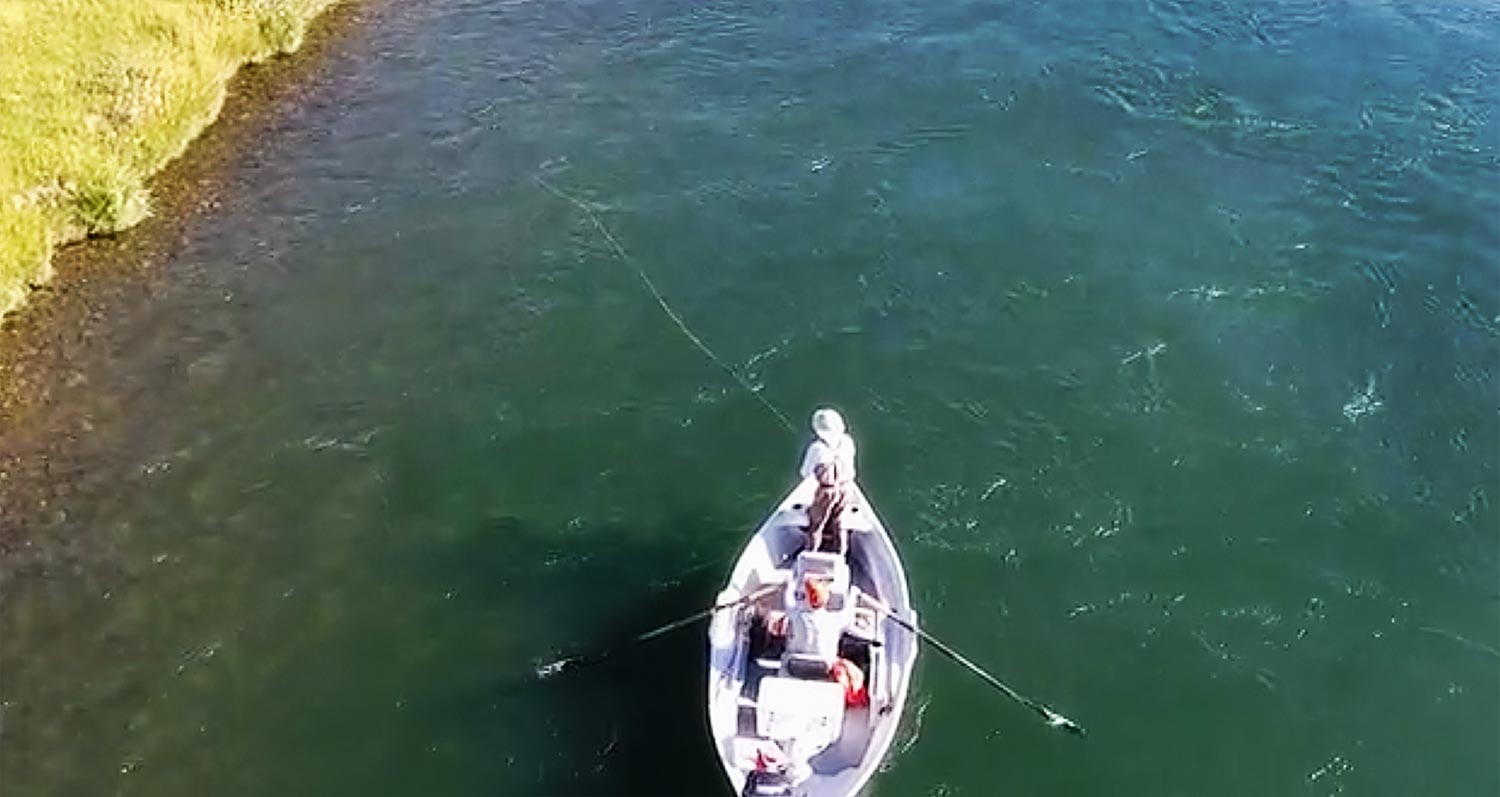
Here’s an excellent streamer tutorial from Simon Gawesworth.
This video, part of RIO’s “How To” series, features two of my favorite people. Simon Gawesworth and Rob “Silent Bob” Parkins throw streamers on the South Fork and Simon does an excellent job imparting serious wisdom.
Simon covers virtually every technique you need to be a successful meat chucker. If you’re looking to up your streamer game, this is a great place to start.
WATCH THIS VIDEO AND LEARN TO FISH STREAMERS.
Read More »Strike Indicators, What Matters to Me
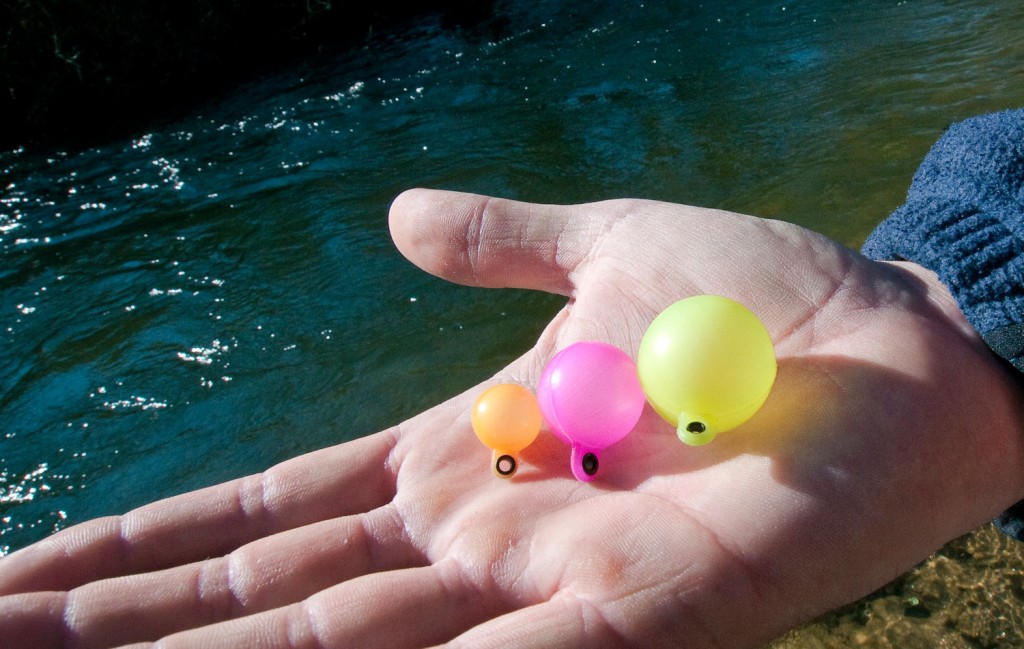
DO STRIKE INDICATORS SPOOK FISH?
There is a lot of debate over whether strike indicators spook fish. I’m not going to beat around the bush on this one folks. I truly believe that most of the time they don’t. Especially if you rule out calm and slow moving shallow water. Only when I’m dealing with really spooky fish, do I downsize and dull down the color of my strike indicators. The other 80% of the time I think the fish pretty much just find them interesting, possibly a tasty morsel, or just another piece of trash floating over their heads.
What I really think we should be doing is looking at the other side of the coin. In my opinion, we should worry less about spooking fish with our indicators, and worry more about matching the correct size strike indicator to the type of water and rig we’re fishing. That makes much more sense to me, anyway. Now I know there’s lots of you probably saying this is obvious rookie stuff, Kent. I hear you all loud and clear, but bare with me a minute, because I still find myself having to explain to anglers why it’s a good idea to carry different sizes and colors of strike indicators on the water. And as long as I’m doing that, there’s a need for this information to be out there for people to read.
HERE’S HOW I GO ABOUT CHOOSING WHAT STRIKE INDICATORS I USE ON THE WATER.
I Fish Big Bright Indicators For: High Turbulent Water, Harsh Glare, Big Heavy Flies & Split-Shot
It doesn’t make any sense to use a strike indicator that’s too small to stay afloat in turbulent water. Some will argue with me on this, but I believe it’s much easier to see strikes when the indicator is above the surface, not below it. Same goes for harsh glare conditions. If you can’t see your indicator how are you going to be able to see the strikes? Upsize your strike indicator and change to a bright color if needed. Lastly, when you’re going to be fishing big heavy flies or lots of split-shot, you’ll need to go bigger with your indicator to keep it afloat. It’s also important to remember that strike indicators aren’t just used for seeing strikes. We also use them to control and maintain the depth at which we want our flies drifting.
I Fish Small Dull Colored Indicators For
Read More »Sunday Classic / Streamer Retrieves For Different Current Speeds
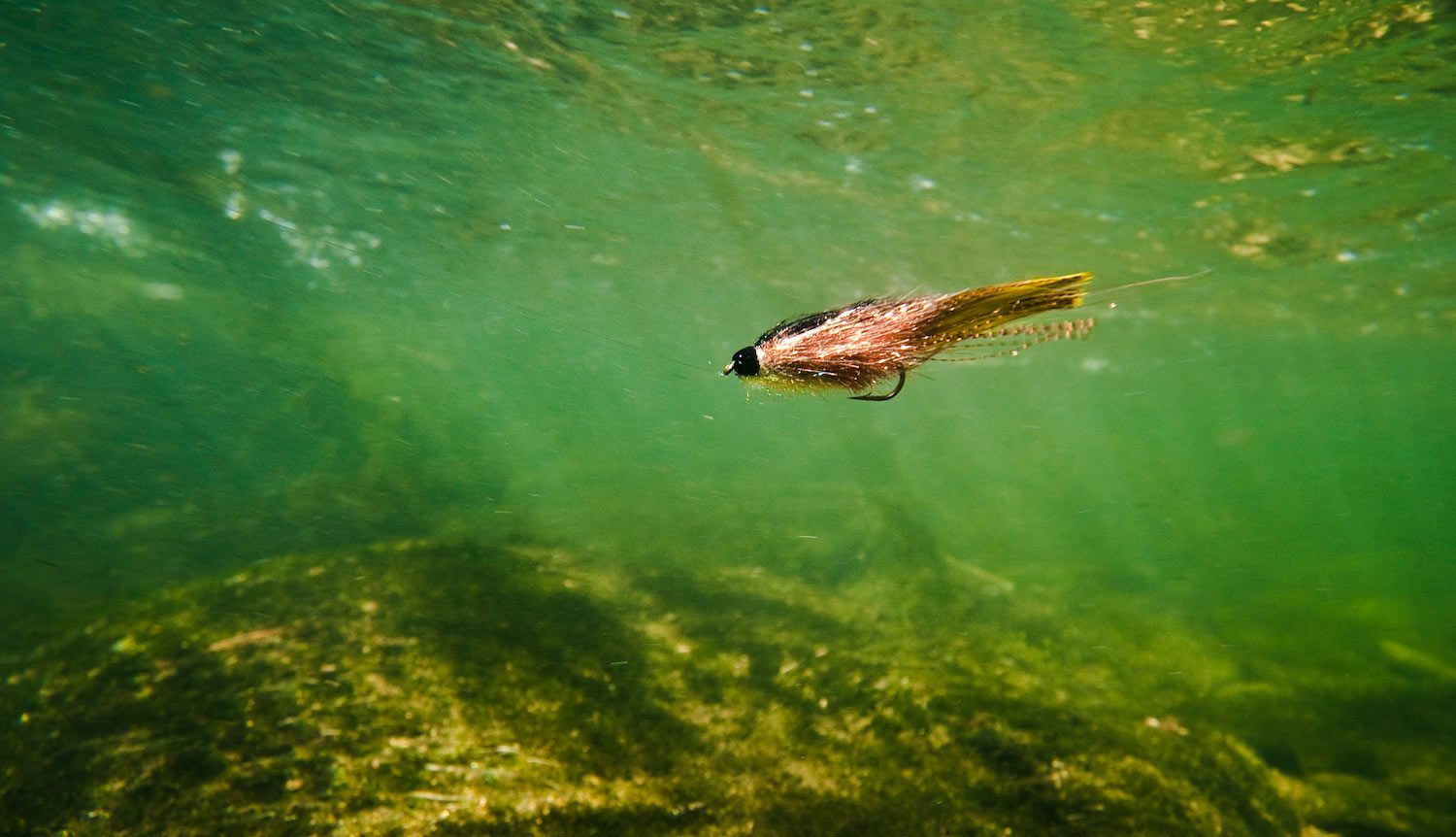
I’ve talked in great detail about streamer fishing since I began writing articles for Gink & Gasoline. Most of my time has been spent talking about color and pattern choice, streamer gear/rigging for both big and small water and how to locate and target prime trout water with streamers. One area of streamer fishing I’ve yet to talk about in detail is retrieve speed and candor with streamers.
Read More »Saturday Shoutout / Michigan Fly Tying
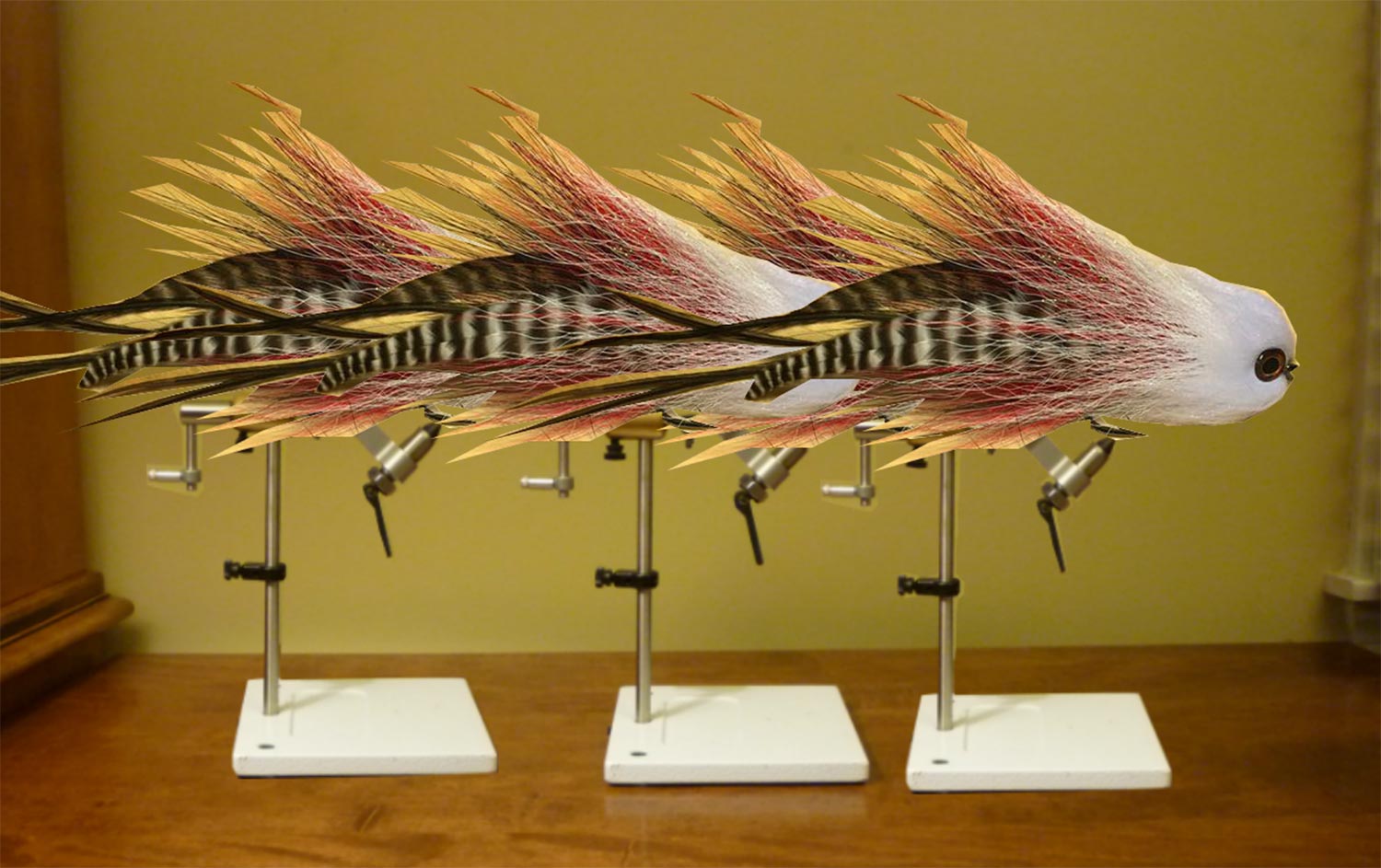
Those boys in Michigan are taking streamer fishing to a whole new level!
Simply some of the most stunning streamer patterns I’ve ever seen. I’ll be whipping some of these babies up next time I hit the water. Don’t be a loser, tie some for your local trout stream and get out and catch that monster.
MICHIGAN STREAMER TYING
Read More »The Pregnant Scud: Tying Video
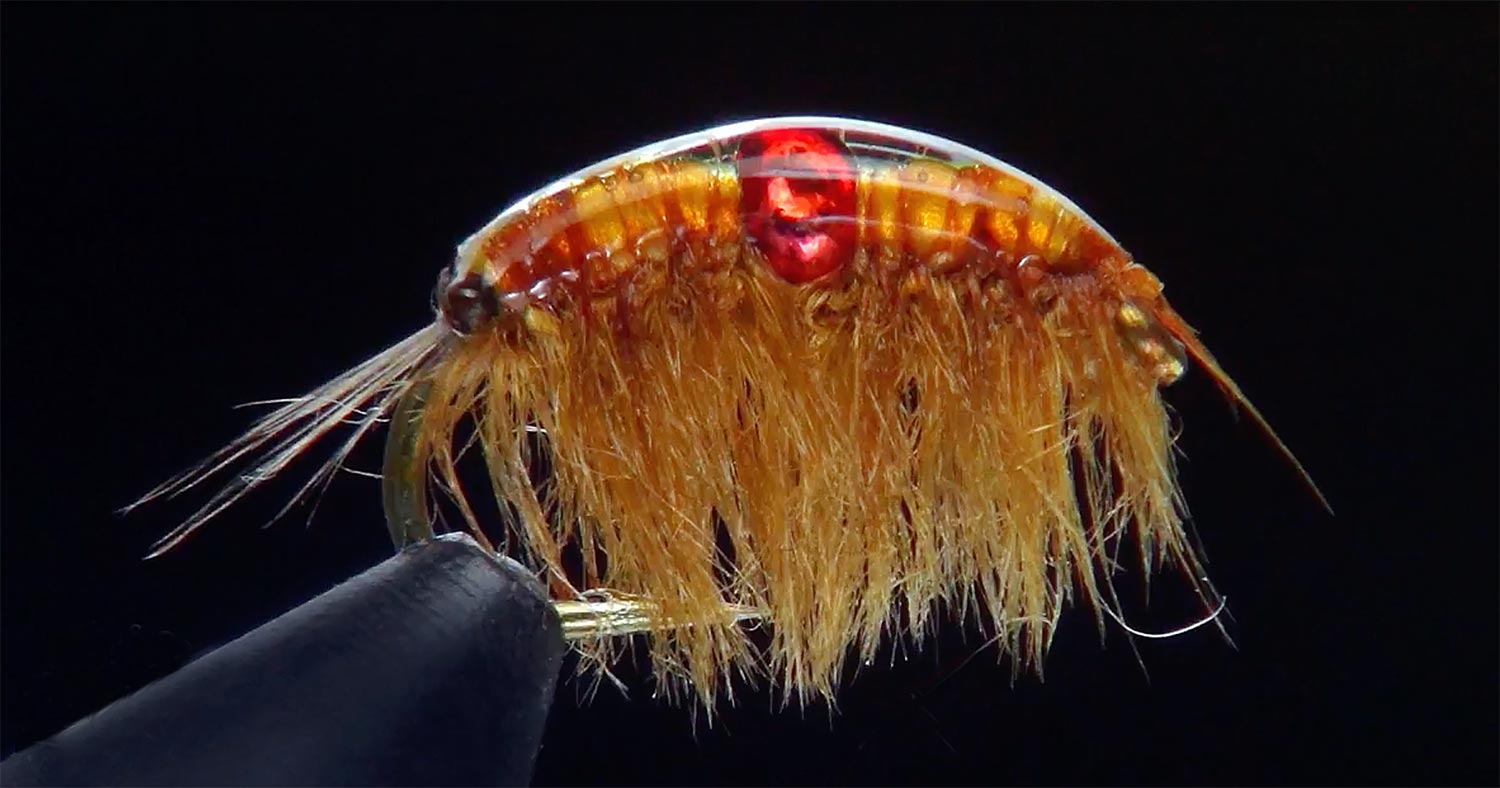
By Herman deGala
In the early 80’s I had a design professor by the name of Herb Kobayashi from Hawaii who tried to instill in us the concept of shibui.
Shibui has no direct translation into English but describes the aesthetic of simplistic, elegant beauty not only in design, art, processes and of course swordplay.
As I look at some of my favorite fishing flies they embody some of those same principles, Barr’s Copper John, Rim’s RS2, Mercer’s Twisted Nymph and of course Craven’s Jujubaetis. There are many more examples out there. They typically use very few materials and they mimic the behavior and profile of the natural. They are usually not very gaudy, but a good attractor has it’s place.
For my first post for Gink and Gasoline I share with you my favorite scud pattern. I kept in mind those concepts from Professor Kobayashi not only when I designed this fly, but also when I fish, produce videos, photograph and share good times on the water with friends and family.
WATCH THIS VIDEO AND LEARN TO TIE THE PREGNANT SCUD
Read More »Dreaming of Bonefish
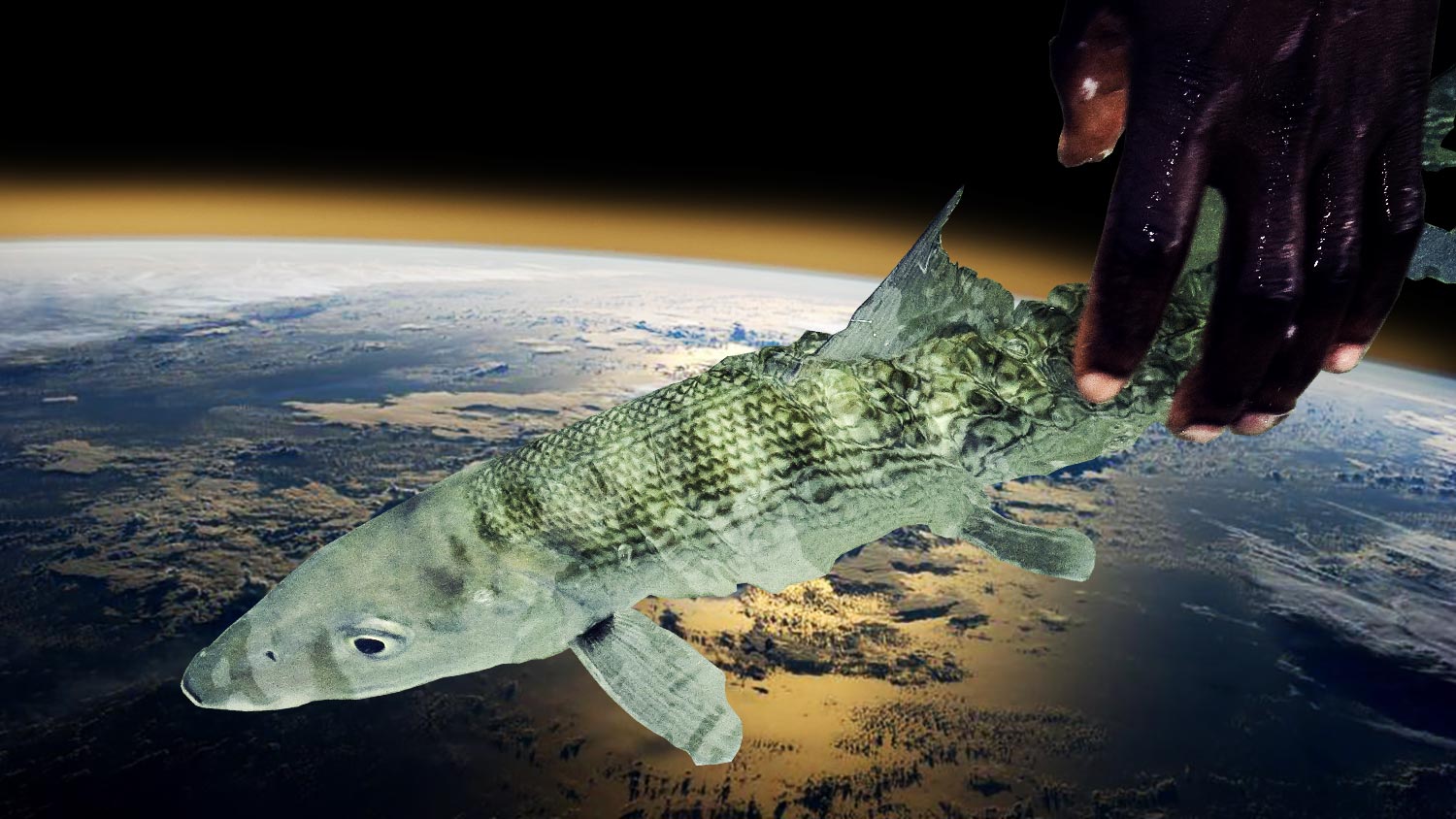
I’ve just wrapped up what turned out to be one of the best bonefish seasons in recent memory, but it doesn’t stop me from dreaming.
As I write this I’m on a plane to Abaco for the last G&G Bonefish School of the season, and I’m already missing it. This was a great season and the anglers who joined the schools found themselves in the presence of some very big bonefish. A handful of them landed their biggest bones to date, a handful over 10 pounds. I can’t tell you how rewarding that is for me, especially when I have watched these anglers develop their skills and worked with them to make it happen. I caught some pretty nice fish myself this year, but it’s not my fish that make me proud. So after a season like that, what do you dream about?
I’m sure I’m far from alone in that I dream about fishing. I don’t mean aspiring to goals in fishing, I mean literally dreaming about it. I spend plenty of nights on the water, from the comfort of my bed, but over the years those dreams have evolved in interesting ways. I used to have stressful fishing dreams. Dreams where I’d be watching a strike indicator drift uninterrupted through the same run time and time again. Those were nightmares. I’ve had crazy fishing dreams, including one where I landed a fish who transformed into Kiera Knightly on the bow of the boat. Not a nightmare. Recently my dreams have been extremely detailed in the setups and presentations and most of them have been set on the flats of the Bahamas.
In these dreams, interestingly enough, I’m often not the one doing the fishing. Sometimes I’m just watching from the seat of the skiff, as I spend plenty of time doing when I’m awake. One of these recent dreams found me on the boat with my friend John Van Vleet of Scientific Anglers. John is as good natured a soul as you will ever find and you’d be hard pressed to find a better guy to spend a day on a boat with. No Ms. Knightly, but a great guy.
In the dream, John and I were way back in the back country with Andros South guide Torrie Bevins. John was on the bow and we weren’t actively fishing. I think Torrie was taking a leak off the platform, when
Read More »Flathead Mayfly Nymphs Rule
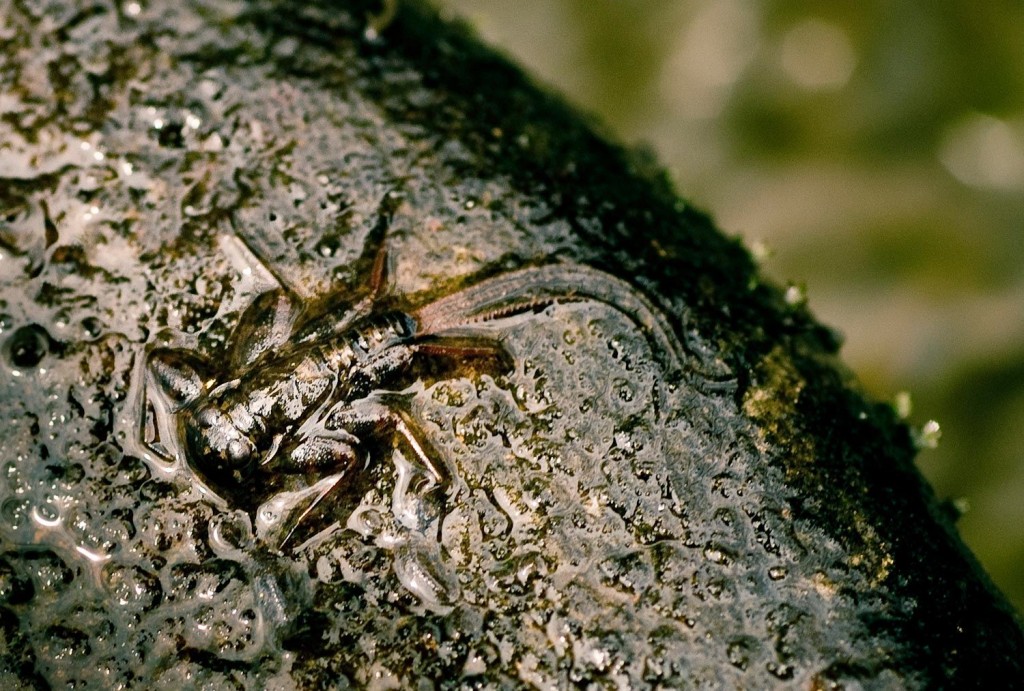
If you take the time to to flip over enough rocks in moderate moving water you’re bound to find lots of Flathead Mayfly (Heptageniidae) clinger nymphs of various sizes. These three and two tailed flat bodied nymphs, with robust legs and broad heads are very important for fly anglers. Quill Gordons, March Browns, Hendrickson, Light Cahill, Pink Quill and Gray Fox are some of the popular species that belong to the flathead family. To date, there’s been fly patterns created for over 45 different species in 10 different genera of the flathead family. Because there’s usually multiple species found in any given watershed, I typically find trout keep them on the food menu year round. The subsurface nymph patterns seem to produce nice trout for me even when fishing conditions are really tough. Oddly enough, I rarely find a good variety of patterns that imitate the nymph stage in my local fly shops. Below is a pattern I tie as a general all-around nymph imitation for the flathead “clinger” mayfly. It’s designed to mimic the bold features of the flathead, and it’s landed many big fish for me the past few seasons.
Read More »Peanut bonefish, shifting baselines and Florida’s water crisis
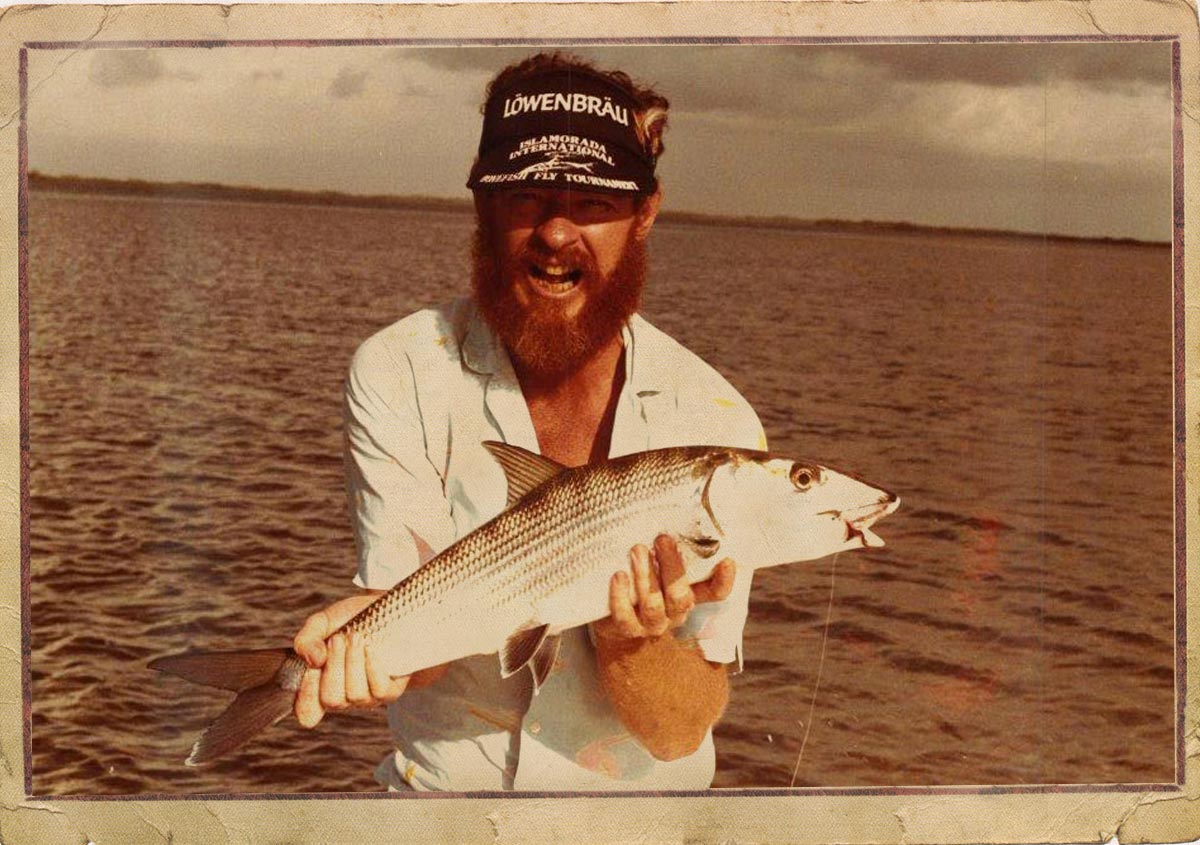
By Sandy Moret
The flats of Islamorada and Florida Bay once boasted some of the finest bonefishing on our watery planet, due to the lush seagrass that held tons of delicious bonefish cuisine like shrimp, crabs and toadfish galore. Toadfish were a major part of the bonefish’s diet and were one of the main reasons there were such monster bones in the backcountry.
Back in the late ‘70s, I had just begun fishing the Islamorada Invitational Bonefish Fly Tournament with Captain Al Polofsky. Small bonefish did not really count for scoring, and if you brought one of those “peanuts”—at the time, a bonefish under eight pounds—to weigh-in, you were actually penalized. We knew how much all the fish weighed because they were unceremoniously brought to the dock, mostly dead, and weighed at what is now the Lorelei (known as the Islamorada Yacht Basin back then). Most anglers didn’t think much of killing fish at that time, which is why so many old photos show fish strung up at the dock.
We were total rookies fishing that tournament, but Al decided to propose a new rule at the anglers meeting that a 100-point bonus be offered for releasing bonefish alive. The rule was passed unanimously, and catch-and-release bonefishing was born in the Keys.
That year in the tournament, Al was poling me on a bank in Everglades National Park and three monster bonefish were digging it up in very shallow water. As we came into position, I threw a number four Chico Fernandez Snapping Shrimp, and the fish all pounced on it, and one came up with the fly. We knew it was a porker from the first blistering run. We landed it and raced six miles to weigh it. The fish weighed a hefty 12.3 pounds, and we successfully released it.
We had lost an hour of fishing time running to the weigh-in, but we still had a good tide, so back we headed to that same spot. Well, there were now two fish tailing in the exact same spot where we had just caught the first big one. I threw the snapping shrimp again, and again hooked up. Another sizzling run, and we landed the fish and headed off to weigh-in. This fish weighed a whopping
Read More »